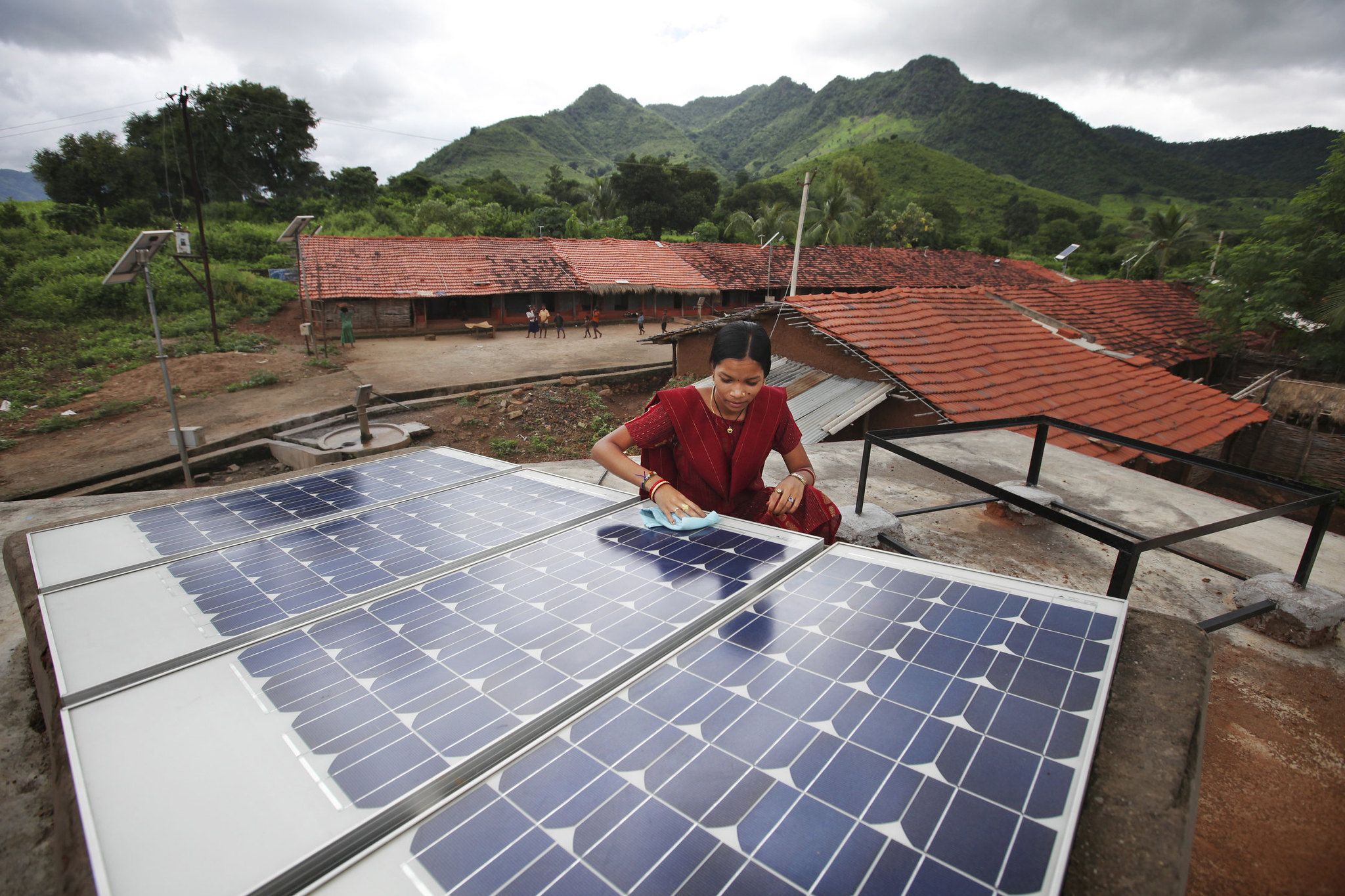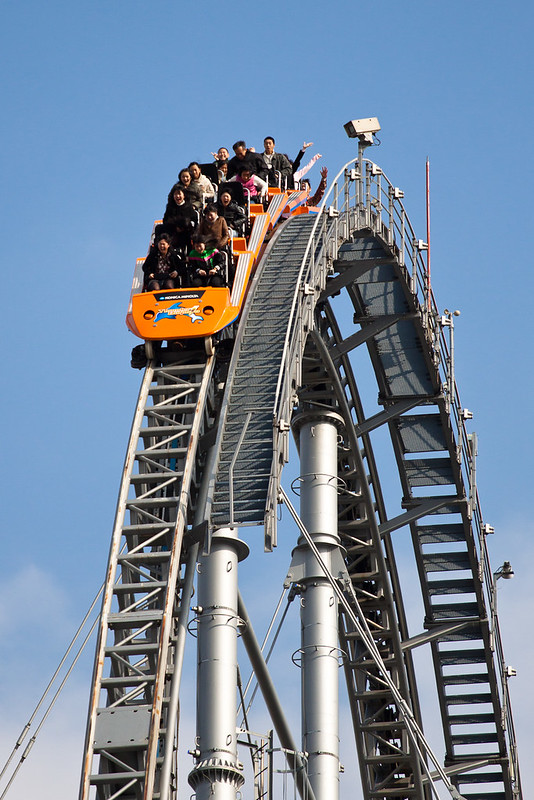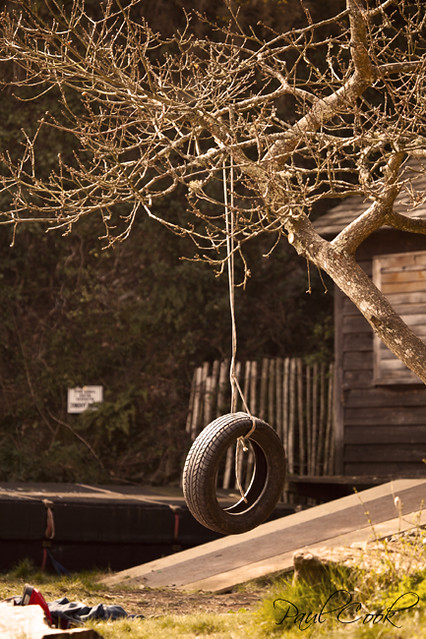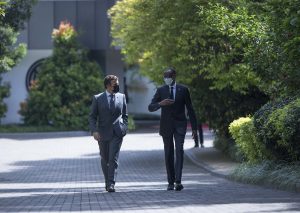
Meenakshi Dewan, one of Tinginaput’s barefoot solar engineers in Orissa, India. Photo by Abbie Trayler-Smith / Panos Pictures / Department for International Development (2009) via Flickr CC-BY-NC-ND-2.0
How do we remove the legacies of colonialism from engineering?
How do we make it an inclusive profession that can foster unity and development of humanity by removing the barriers that make it unattainable to people from the Global South?
The first in a new 2-part series by engineer Adedotun Adekeye.
While decolonising is the process of undoing the practice of colonisation. Therefore, decolonising engineering is the process of removing the practices and ideologies behind the use of engineering during the colonisation period, for engineering to become more applicable and resourceful to countries in the global south.
Though it was a practical tool during colonisation era, it is high time it became a tool of unity and equality. It should not be used to impose the global north culture on the global south anymore.
Over on The Conversation, researchers Mary Frances O’Dowd and Robyn Heckenberg from Australia explain:
“Colonisation is invasion: a group of people taking over the land and imposing their own culture on Indigenous people.”
Engineering was an important tool of colonisation; it was applied to the construction of infrastructures that enabled the transfer of required raw materials from the colonies that the industries of the colonial powers required to the European countries of the colonial powers. Evidence of this can be seen in countries like Nigeria and India where railways were built from hinterland to city ports, for resources to be shipped to Europe.
Though this network of rails and roads opened the countries to the global world, and perhaps development of these regions, it assisted in the plundering of the countries. These infrastructures were built on the sweat and toil of the local people.
According to the British Institution of Civil Engineers:
“A Society for the general advancement of Mechanical Science, and more particularly for promoting the acquisition of that species of knowledge which constitutes the profession of a Civil Engineer; being the art of directing the great sources of power in Nature for the use and convenience of man …. as the means of production and of traffic in states, both for external and internal trade, as applied in the construction of roads, bridges, aqueducts, canals, river navigation, and docks, for internal intercourse and exchange; and in the construction of ports, harbours, moles, breakwaters, and lighthouses, and in the art of navigation by artificial power, for the purposes of commerce; ….[and] in the drainage of cities and towns.
The legacy of this is the exclusion of local people from position of decision making at a higher level of administration. Which has resulted in having European expatriates as head of units or departments instead of indigenous people, who sometimes are more qualified both academically and on-job experience.
White Elephant Projects
There are instances where projects were implemented without consultation with the end users, the local people. Such projects end up becoming “White Elephant Projects”, that are totally impractical to the community.
Such projects end up becoming abandoned and the debt, at an astronomical figure, becomes a national debt for such countries to continue to pay for. Such projects fail because:
- those projects which deliver a technical solution that doesn’t work as intended,
- those that deliver a working solution that nobody particularly wants to use, or
- those that deliver a working solution that delivers no added benefit.
Another instance is an over-engineered project where engineering projects are designed and built based on design that is accepted as the norm in the western world, but totally impractical to Global South countries.
For example, an engineering project for the construction of children’s playground. Imagine the project where what ends up being constructed resembles a rollercoaster, when all the children wanted was an old tire hung with a strong rope on a thick and strong branch of a tree for them to swing on.

Photo 1: What was constructed

Photo 2: What was needed
Another example is Hope City, which was to be the tallest in Africa at a heigh of 270m, with 72 floors at a cost of €10bn. Designed by OBR architects, it will provide accommodation for 25,000 people and create jobs for 50,000.
It will be a technology city, the first of its kind!

It was launched in March 2013, and construction was planned to start in June 2013 and to be completed three years after.
The initial problem started when the residents of the original location, Dunkunaa refused the developer to commence work. The project has incurred the “displeasure of the gods”, due to the failings of the developer to acknowledge the chiefs and elders of the area. It has since been moved to a new larger site at Pampram.
Moving from buildings, structures and engineering projects and their colonial dimensions, what about in advance of this when it comes to training engineers?
Does anyone who wants to train in engineering have an opportunity to, or are there fast-tracks in practice for some over others?
On these questions, see you back here in a fortnight for part 2 of the series.
Adedotun Adekoye is an engineer, a Forum Theatre facilitator, poet and development educator based in Galway.




